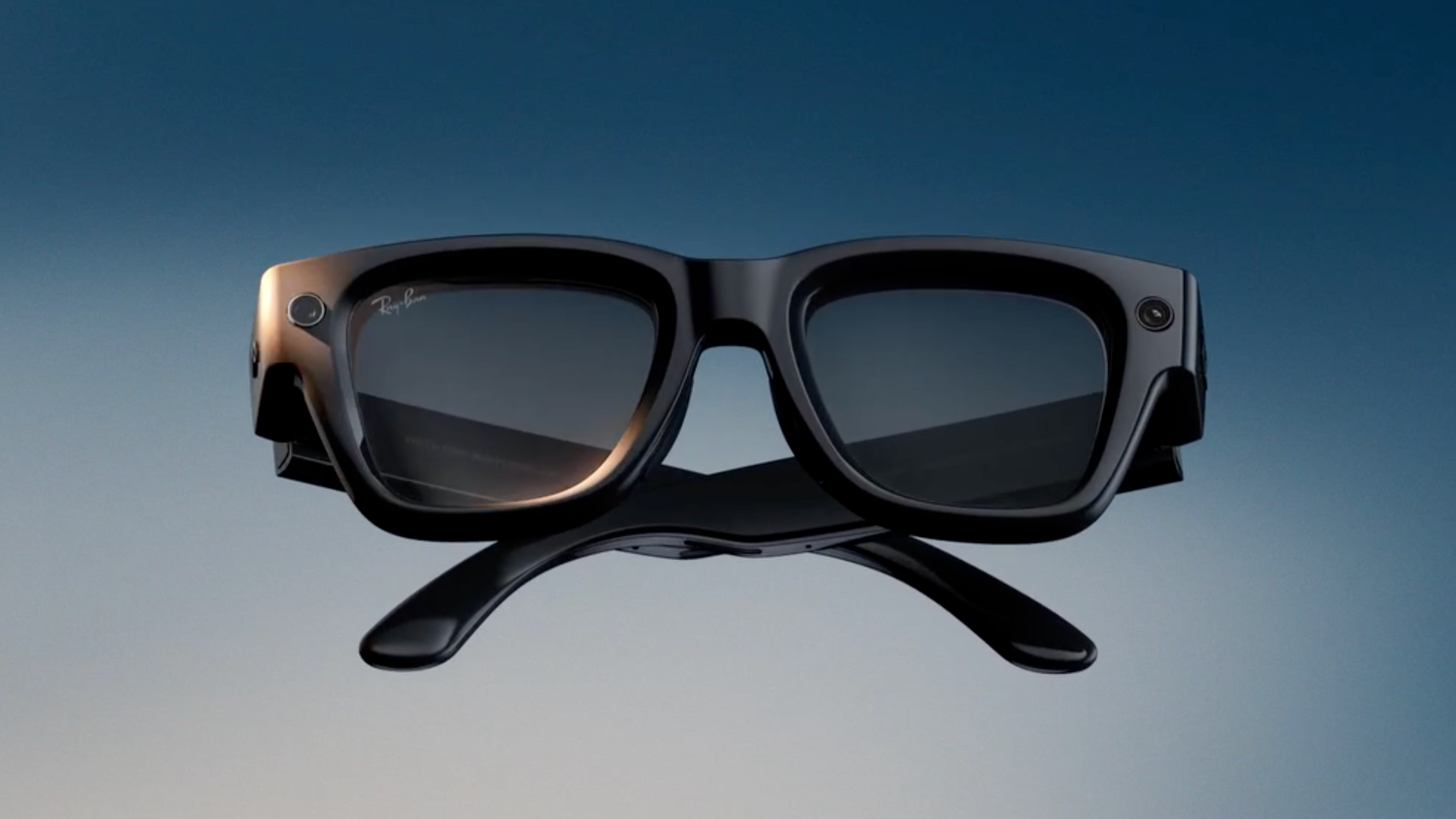On September 17, 2025, Meta reportedly ignited a new wave in wearable technology with the launch of its Meta Ray-Ban Display smart glasses, its first consumer model featuring a built-in micro-display. The USD 799 device, bundled with a Meta Neural Band, uses electromyography (EMG) to detect subtle finger movements, allowing users to control apps and notifications hands-free. It also includes a 12 MP camera, directional audio, and Meta AI voice assistance. Shipments begin September 30 across select U.S. outlets, with European rollout planned early next year.
The launch apparently marks Meta’s transition from “AI audio glasses” to what analysts call entry-level augmented reality (AR) eyewear. While earlier models relied mainly on AI for contextual assistance and photo capture, the new version integrates a display overlay, hinting at AR capabilities.
Smart Glasses Market Gaining Ground
The global smart glasses market is reportedly on a steep upward trajectory. According to Grand View Research, the market is projected to reach USD 8.26 billion by 2030 at a soaring CAGR of 27.3%. This surge is being driven by technological improvements in display systems, miniaturization of sensors, growing interest in wearable AI/AR devices, and rising consumer acceptance of eyewear as a wearable computing platform. However, challenges remain: limited battery life, high costs, and privacy concerns could restrain mass adoption. Still, the combination of AI integration and stylish frames, like Meta’s Ray-Ban and Oakley lines, is reportedly helping normalize smart-glasses use among mainstream consumers.
Understanding AI vs. AR Glasses
AI glasses primarily use artificial intelligence for speech recognition, translation, or contextual cues, often without visual overlays. AR glasses, in contrast, project 3D or 2D images directly into the user’s field of view, merging digital data with real-world surroundings. Meta’s new Ray-Ban Display straddles both categories, an “AI-driven display glass” rather than full-scale AR, while its upcoming Project Orion aims to deliver true mixed-reality visuals.
Apple vs. Meta: A Shifting Rivalry
Meta’s aggressive expansion has allegedly forced Apple to pause plans for a lighter Vision Pro headset, internally codenamed Vision Air. Bloomberg and Reuters report Apple is now diverting resources toward developing two smart-glasses variants, one iPhone-paired, the other with onboard displays. The Vision Pro, priced at USD 3,499, has struggled to gain traction due to its bulk and cost, leading some analysts to label it an “expensive misstep.” For now, Meta’s September launch appears to have repositioned it as the front-runner in wearable AI. Whether Apple can catch up in this fast-evolving race between AI and AR remains to be seen.
















